 Welcome
Welcome
“May all be happy, may all be healed, may all be at peace and may no one ever suffer."
Fibrous dysplasia
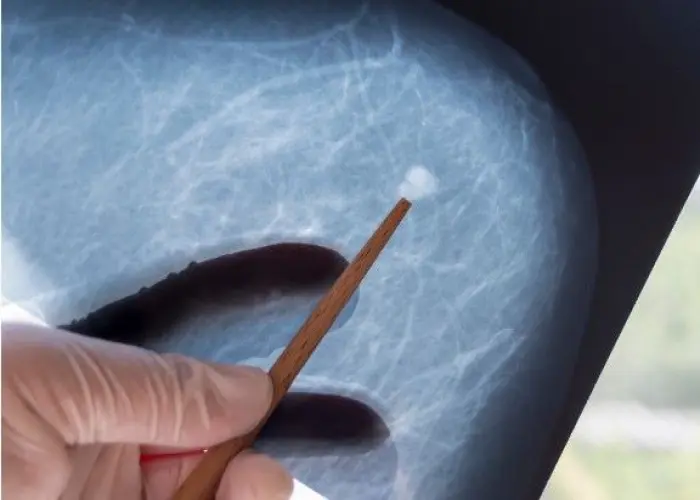
Fibrous dysplasia is a rare bone disorder in which abnormal tissue replaces normal bone, leading to the formation of weak, fibrous bone tissue. This can cause bones to become misshapen or weak, which can result in pain, fractures, and deformities.
Fibrous dysplasia can occur in any bone in the body, but it most commonly affects the long bones of the arms and legs, as well as the skull and facial bones. It is usually diagnosed in childhood or adolescence, and it can affect one bone (monostotic) or multiple bones (polyostotic).
The exact cause of fibrous dysplasia is unknown, but it is believed to be caused by a genetic mutation that leads to the abnormal growth of bone tissue. It is not an inherited condition, meaning it typically occurs sporadically and is not passed down from parents to their children.
Treatment for fibrous dysplasia depends on the severity of the condition and the bones affected. In some cases, no treatment is needed if the condition is mild or not causing symptoms. However, if there is pain, deformity, or an increased risk of fracture, treatment options may include medication, surgery, or a combination of both. In severe cases, bone fractures may require surgical repair or even bone grafts.
Research Papers
Disease Signs and Symptoms
- Bone pain
- Bone deformity
- Curvature of leg bones
- Bone fractures, particularly in the arms or legs
- Bone pain that interrupts sleep
- Difference in limb length
Disease Causes
Fibrous dysplasia
Fibrous dysplasia is linked to a gene mutation present in certain cells that produce bone. The mutation results in the production of immature and irregular bone tissue. Most often the irregular bone tissue (lesion) is present at a single site on one bone. Less often multiple bones are affected, and there may be more than one lesion on multiple bones.
A lesion usually stops growing sometime during puberty. However, lesions may grow again during pregnancy.
The gene mutation associated with fibrous dysplasia occurs after conception, in the early stages of fetal development. Therefore, the mutation isn't inherited from your parents, and you can't pass it on to your children.
Disease Prevents
Disease Treatments
If you have mild fibrous dysplasia that's discovered incidentally and you have no signs or symptoms, your risk of developing deformity or fracturing your bone is low. Your doctor will likely monitor your condition with periodic X-rays.
Medications
Osteoporosis medications called bisphosphonates help prevent bone loss by decreasing the activity of cells that normally dissolve bone. Some studies suggest that bisphosphonates may strengthen bones affected by fibrous dysplasia and may relieve bone pain.
Surgery
Your doctor may recommend surgery in order to:
- Correct a deformity
- Correct a difference in limb lengths
- Repair a fracture that does not heal with casting
- Prevent fractures
- Relieve pressure on a nerve, particularly if the lesion is in your skull or face
Surgery may involve removing the bone lesion and replacing it with a bone graft: bone from another part of your body, bone tissue from a donor or a synthetic material. In some cases a fibrous dysplasia lesion may develop again.
Your surgeon also may insert metal plates, rods or screws to prevent fractures or to stabilize a bone or bone graft.
Disease Diagnoses
Disease Allopathic Generics
Disease Ayurvedic Generics
Disease Homeopathic Generics
Disease yoga
Fibrous dysplasia and Learn More about Diseases

Hay fever
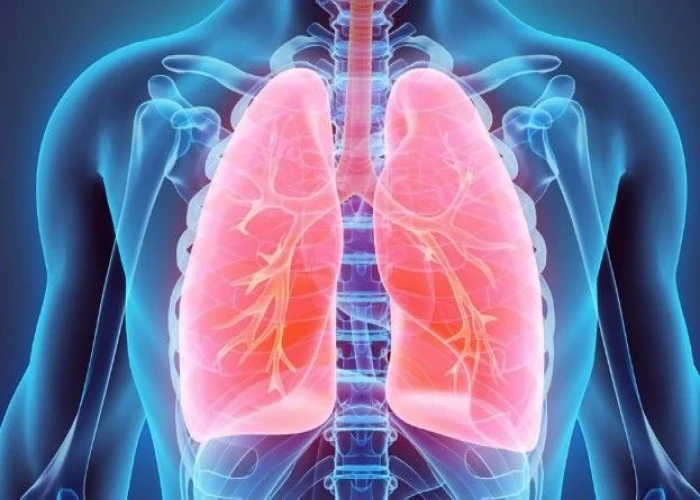
Lung Abesess

Pelvic organ prolapse
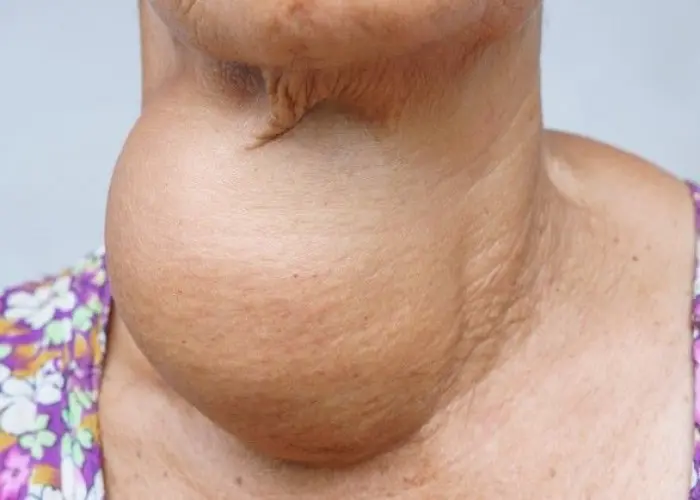
Goiter
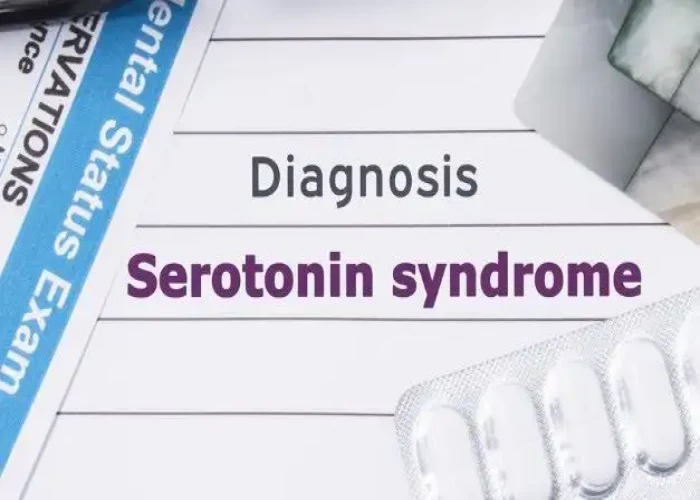
Serotonin syndrome

Salmonella infection

Menopause
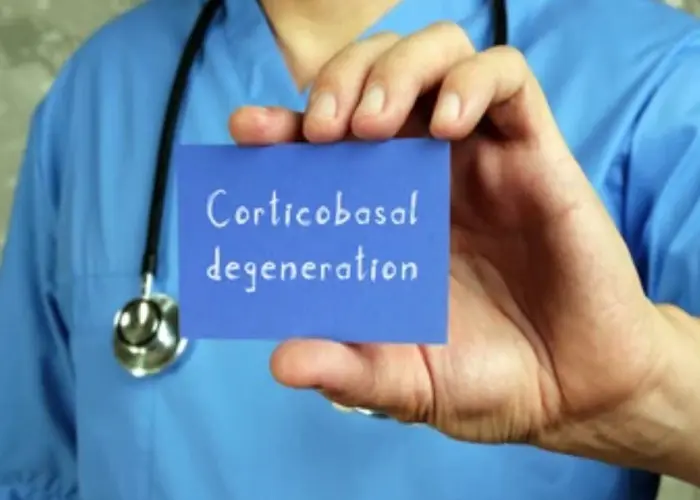
Corticobasal degeneration
fibrous dysplasia, আঁশযুক্ত ডিসপ্লাসিয়া
To be happy, beautiful, healthy, wealthy, hale and long-lived stay with DM3S.
